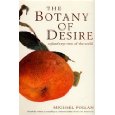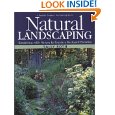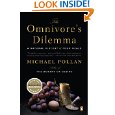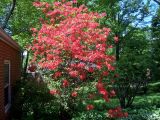Evergreens are the bones of every landscape design. They are your backdrop canvas and your focus. I want them to thrive and I want them left alone. No one finds it attractive to keep large plants wrapped in chicken wire! Selecting deer resistant plants will save all of us a lot of extra work and aggravation. Here are some of my favorites:
Cephalotaxus h ‘Fastigiata’ or Japanese Plum Yew, is quite an asset to any garden, It does well in dry shade, is a slow grower so it stays within bounds in a small space. Grows five to six feet tall and two feet wide with an upright vase shape. Very attractive for those hard to fill spaces and since it is an evergreen, excellent for hedges year round. Take a closer look here.
Boxwood, (genus Boxus) encompasses a huge family of some 70 different varieties in the form of evergreen shrubs as small as 12 inches and trees growing as tall as 20 feet. They are used in home and public gardens all over the world. Some are used as specimens and many are very suitable for hedges and topiaries.
There are two main species of boxwood shrubs commonly found as ornamentals: buxus sempervirens, or american boxwood, and buxus microphylla, or littleleaf boxwood. American Boxwood and its Cultivars The American Boxwood, also known as the Common Boxwood, is a wide-spreading species with dense, leathery, deep green foliage. Though it can grow to over 20 feet in height, it is typically kept to between five and 10 feet. The American Boxwood and its cultivars are somewhat more tolerant to cold than the littleleaf. Among the American boxwood cultivars, suffruticosa, or the English Boxwood, is especially popular, known for its short stature. The handsworthiensis is a durable, upright growing cultivar commonly planted as a hedge. The aureo-variegata features striking yellow variegation in its foliage, while the argenteo-variegata’s green leaves are emblazoned with white variegation. The angustifolia has enlarged foliage and is typically grown in a tree form. Littleleaf Boxwood and its Cultivars The littleleaf boxwood is a short, low-growing species that reaches no further than four feet in height at maturity. It also grows to four feet in width, creating a rounded shape. It has somewhat smaller leaves than the American boxwood varieties. The littleleaf boxwood is well-suited to hotter environments. There are several popular cultivars of the littleleaf boxwood. The Kingsville Dwarf is an exceptionally low-growing variety, reaching no more than 12 inches high. The Wintergreen is known for maintaining its deep green color all winter long, while other varieties of both American and littleleaf boxwood dull in color during the winter. The Korean littleleaf boxwood has an open growth habit, in contrast to the other densely-filled varieties.
According to the United States National Arboretum, Boxwood leaves contain alkaloids that are distasteful or poisonous to deer and they do not browse boxwood. It is one of the few evergreen shrubs that is usually not damaged by deer.
I am determined to increase my plantings of both Japanese Plum Yews and Boxwoods in my garden, I have heard fellow designers are putting hedges of low growing boxwoods around specially vulnerable plants to discourage browsing, now there is an attractive ‘cage’!
“On every stem, on every leaf,… and at the root of everything that grew, was a professional specialist in the shape of grub, caterpillar, aphis, or other expert, whose business it was to devour that particular part.” ~Oliver Wendell Holmes































Pingback: Erythrina variegataFind Me A Cure | Find Me A Cure